Kids wired…It’s not the sugar its the dyes!
I have a high-energy child, but when she consumes artificial dyes, the change in her demeanor is immediate and undeniable. We've made it a rule in our home—sugar is okay, but only if it's free from artificial dyes. The difference has been life-changing.
But don’t just take my word for it—science backs this up. Check out these studies and see for yourself. ⬇️
Food companies often use artificial dyes to enhance the appearance of their processed products, making them more appealing to consumers and potentially leading to increased consumption and sales. This practice contributes to the growing obesity problem in many countries.
Products containing artificial dyes are typically highly processed and unhealthy. By eliminating dyes from your diet, you can naturally avoid much of the heavily processed junk food that is detrimental to your health.
The 2007 Southampton Study found a significant link between artificial dye consumption and increased hyperactivity in children. When 3- to 8-year-olds were given test mixtures containing artificial colors, they became "significantly more hyperactive."
In Europe, six artificial dyes require a warning label stating they "may have an adverse effect on activity and attention in children." If other countries deem them a risk, shouldn't we also?
A recent scientific review found that 16 out of 25 studies associated artificial dyes with neurobehavioral issues in children. There are now over 7 million children diagnosed with ADHD in the United States, an increase of 1 million since 2016. This is a significant concern.
The "acceptable levels" of dyes in food are based on studies conducted 35 to 70 years ago, before the effects on children were well understood. Recent research indicates that just 1 mg of dye can cause hyperactivity, while one serving of certain cereals may contain over 30 mg.
A 2015 study found that artificial dyes can disrupt the immune system, making it easier for you and your children to get sick.
Artificial dyes are made from petroleum, a non-food substance. Many of us have been misled into believing that it's acceptable to consume artificial substances made from crude oil. Isn't it time we reconsider this?
Artificial dyes can be contaminated with cancer-causing substances. With cancer cases increasing by 1-2% per year in young people, removing carcinogens from our food should be a top priority.
Check the ingredient label for these popular artificial dyes:
Yellow 5
Yellow 6
Red 40
Blue 1
Red 3 (banned but still in food until 2027)
Titanium Dioxide (banned in EU)
Caramel Color (often made from ammonia)
"Color Added" (could be hidden Titanium Dioxide)
Being aware of these additives can help you make healthier choices for you and your family.

